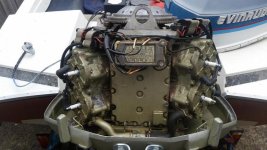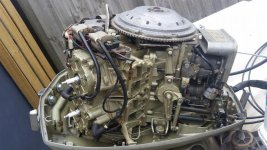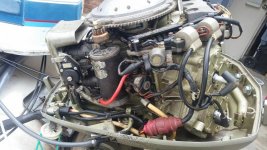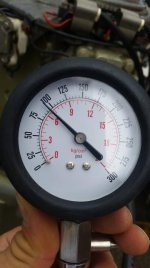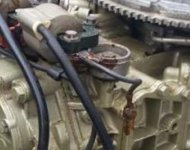siduolocin
New member
Hi everyone, Me and my friends have a small speedboat that we love!!
Motor is not running no more
was running ok but took sometimes 5-20 seconds to start up always longer to start in water! then we started using start you bastard and that work great. But last time we took it out, we had to use start you bastard to get it started even on a warm the engine. now dose not start
first thing we did was run a compression on cold engine
95 PSI
95 PSI
95 PSI
100 PSI
Is this too low to get the engine started. we've recently changed the spark plugs and check there is fuel there is Spark most the time on crank up but we noticed one might be skipping a little bit. we are going to pull the flywheel off this weekend and check the points making sure it's 0.010"
so the question is there anything else we should look at or is the compression just too low to get this old girl running again
Cheers
Nick
Down Under
Motor is not running no more
was running ok but took sometimes 5-20 seconds to start up always longer to start in water! then we started using start you bastard and that work great. But last time we took it out, we had to use start you bastard to get it started even on a warm the engine. now dose not start
first thing we did was run a compression on cold engine
95 PSI
95 PSI
95 PSI
100 PSI
Is this too low to get the engine started. we've recently changed the spark plugs and check there is fuel there is Spark most the time on crank up but we noticed one might be skipping a little bit. we are going to pull the flywheel off this weekend and check the points making sure it's 0.010"
so the question is there anything else we should look at or is the compression just too low to get this old girl running again
Cheers
Nick
Down Under


